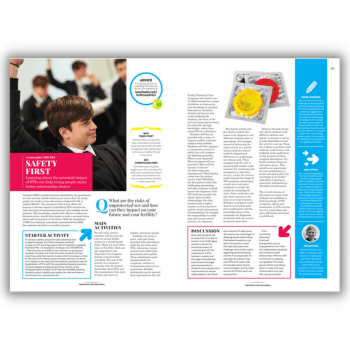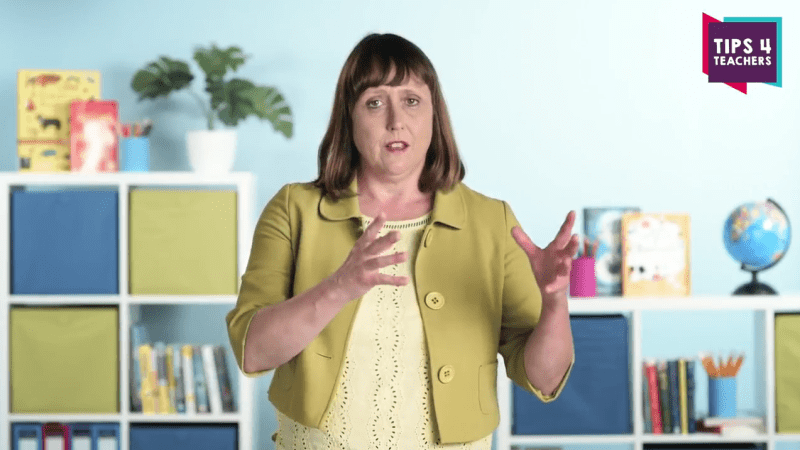Moods and metrics – Why more schools should measure wellbeing

We routinely quantify so much of what happens in schools, yet most don’t formally measure levels of wellbeing – and that needs to change, asserts Adrian Bethune…

The wellbeing of pupils and teachers has been high on the education agenda for a long time, and only intensified as schools continue to cope with the mental and physical impact of the pandemic.
Yet even now, less than half of the country’s schools actively measure wellbeing within their populations – a difficult fact to compute, especially in the current era.
Made to measure
At the height of the pandemic, it felt as though everything was being measured. We had regular updates on the number of COVID cases, how many vaccines had been delivered, how many children were able to attend school each day, the amount of schooling that had been missed – even how far apart we were able to stand from each other.
COVID arrived at a time when schools were already having to carefully monitor progress towards attainment and attendance targets, and in which exam results were often used to evaluate the quality of education delivered.
But amid all this, one measurement that’s received comparatively little attention has been rates of wellbeing within schools. It’s a situation that has to change.
Well Schools is a free-to-join community of like-minded professionals and stakeholders who believe that wellbeing should be at the heart of schools, to which more than 1,000 primary and secondary across the country have already signed up.
There are many headteachers and school leaders out there who have always wanted to measure wellbeing, but previously believed this to be too complicated or expensive to implement. It’s now possible for them to form connections with peers, who can provide support and share their experiences of how they’ve been able measure wellbeing in their own settings.
Wellbeing challenges
One of the best ways of measuring wellbeing in school is to survey pupils and teachers about their lives and how they feel about them. The questions should cover their experience of positive and negative emotions; how satisfied people are with their lives and their sense of meaning and purpose in life.
The results can then be analysed alongside other whole school measures, giving you rich insights into the challenges many disadvantaged student can often face in accessing education. If school staff are unaware of, or don’t understand these specific wellbeing challenges, it’s likely that any subsequent school improvement efforts will become harder to realise.
Measuring wellbeing in schools can deliver a number of advantages. If you don’t measure or track levels of wellbeing among staff and students alike, how certain can you be of fully appreciating the problems your students and teachers may well be experiencing?
An absence of wellbeing monitoring will also make it harder to assess whether the various systems your school has in place are delivering as they should be.
What do parents think?
Wellbeing measurement is a vital first step towards improving overall levels of wellbeing within a school, and creating environments in which pupils feel happy and able to learn, and where teachers feel happy and able to teach.
The Well Schools movement believes that improving wellbeing in schools can help our most disadvantaged pupils make gains in attainment, but also develop higher self-efficacy. Improved wellbeing will further work to increase student motivation, improve behaviour and lower the likelihood of exclusions.
In our experience, there is strong support among parents for schools placing a greater focus on wellbeing. This was borne out by a recent YouGov survey conducted in March 2022 on behalf of the Youth Sport Trust (YST) and the Well Schools movement. The survey polled 4,253 people across the UK, of whom 1,069 were parents of children aged 18 or under, and found that:
- 76% of parents believe all schools should measure and track the wellbeing of their pupils, just as they do with their academic progress
- 80% of parents state that the wellbeing of pupils should be a high priority following the pandemic
- 70% of parents believe that placing a greater focus on wellbeing in schools would reduce pupils’ stress levels
We hope that with our guide and our assistance, we’ll be able to help schools to start the process. There’s an old saying – ‘We treasure what we measure.’ It’s well within our means to measure wellbeing in schools via reliable methods developed by economists, psychologists and governments over the course of decades. By doing so, schools will be much more likely to value wellbeing as a result.
More than 1,000 schools have already joined Well Schools movement, and we hope many more will follow their lead. When you consider what everyone has been through over the last two years, there’s surely no better time than now to grasp the nettle and place wellbeing at the very heart of schools up and down the country. Measuring wellbeing is a crucial first step towards enabling that to happen.
Adrian Bethune is vice chair of the Well Schools Board, founder of the wellbeing training provider Teachappy and author of A Little Guide To Teacher Wellbeing and Self-Care (Sage, £10.99)
Well Schools is a movement which aims to place child and teacher wellbeing at the heart of the education system. It is powered by the Youth Sport Trust, the UK’s leading charity improving every young person’s education and development through sport and play, and the BUPA Foundation; find out more by visiting well-school.org or following @well_schools












